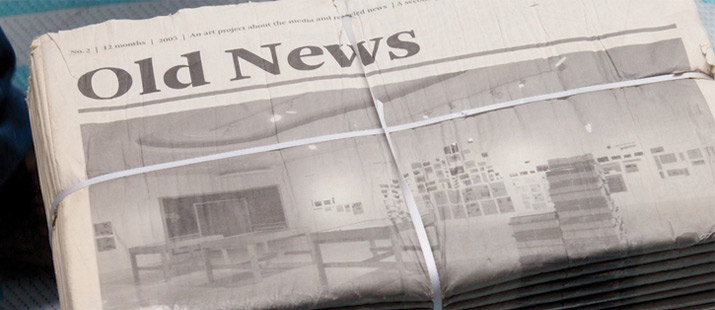Why UHD and 4K Content are Old News
 I have meant to write this post for a while, but it seems that I was writing so much on UHD and 4K I thought I would wait a while.
I have meant to write this post for a while, but it seems that I was writing so much on UHD and 4K I thought I would wait a while.
With NAB behind us, and InfoComm15 coming up in a couple weeks, I have seen a lot of focus on UHD and 4K content and players. I think this is awesome, as the missing piece of the puzzle for single screen UHD and 4K displays is definitely native content.
I have also seen the introduction of some other products on the market being touted for 4K and UHD screen wall applications. They have multiple inputs up to 4K and outputs up to 4K as well.
If you are building a video wall however, 4K and UHD content is old news. UHD content is actually best played on a 2×2 using 1080p displays, as that is a pixel for pixel representation of the native signal. In the same way, a 3×3 video wall with 720p monitors also plays back a UHD signal in a pixel for pixel representation. We actually needed native UHD content several years ago, but instead have been scaling 720p and 1080p signals up, delivering less than crisp pictures through internal scalers. In a 2×2 this was less noticeable, but in a 3×3, using a single source and the flat panels’ internal daisy chaining scalers really put some content to shame.
Taking all this into consideration, UHD content is no longer sufficient to drive video walls where we are using UHD displays.
A couple months ago I wrote a piece called “UHD and Laser Just Killed Your 2X2” in which I made the case that most 2×2 video applications may soon be replaced by either larger UHD flat screens or UHD laser projection systems. In that piece, I argued that the future of the 2×2 may be in “interactive applications, where the viewers are within arms’ length of the screen. This requires displays with more pixel density, (If you want to push displays to the limit of the human eye’s ability to resolve the pixel structure) so utilizing four UHD LFDs would yield an array with a UHD-2 resolution of 7680×4320.:”
I still believe that to be true, and as such, we really should be focusing on UHD-2 and 8K now to get the content we need to drive these in a pixel for pixel manner. The nature of the distance to the viewer in an interactive video wall not only requires additional pixel density to keep smooth edges in the images, but it is also way less forgiving to scaling artifacts and the limitations of the authored color space, (Joe Kane argues that 16 bit color is required in 4K at scale in order to provide smooth transitions but most content is authored in 8 bit, with HDR offering 10 bit and even the DCI spec only requires 12 bit).
If you’re driving a 3×3 array or larger, even with 1080p displays, there is still a need to graduate beyond 4K and UHD content creation in order to maximize the quality of these systems.
I remember my first video wall project with a 10×1 array. I had ten 720p displays installed around an arc. It was an immersive display for sure and if you stood in the middle it took your whole peripheral and could even make you motion sick. A San Diego based company called Digital Outpost was authoring custom content for the system. They asked me how I wanted it packaged for playback.
There were obviously quite a few products on the market, some better fits than others, but I was also on a budget to get this done (imagine that?) I found a product called the Video Bin Loop by Alcorn McBride. It had multiple compact flash card slots and HD outputs (VGA,DVI or Component Video). Knowing that I didn’t want an upscaled mess on this large array in a fairly small room, I opted for pixel for pixel playback. Digital Outpost authored 10 separate 720p files. The Video Bin Loop then time synced all 10 files on the CF cards for simultaneous playback.
The result? A 12,800 x 720 pixel piece of content played back pixel for pixel over a 20′ wide arc installed … 8 years ago. How much better could we do today if we plan the infrastructure, equipment, and content properly?
If you are an integrator looking to set apart your projects from the field, it may be time to partner with or develop an in house content guru to make sure these projects are a home run. We should also be looking for equipment that can handle inbound future 8K and UHD-2 signals. A screen server with a single UHD-2 input and a 4 UHD outputs would be ideal for a 2×2 array with large UHD displays. I am doubtful we’ll see one of those at InfoComm this year, although I will be looking. If I do see one, you can bet I’ll be saying “snatch it up”.


